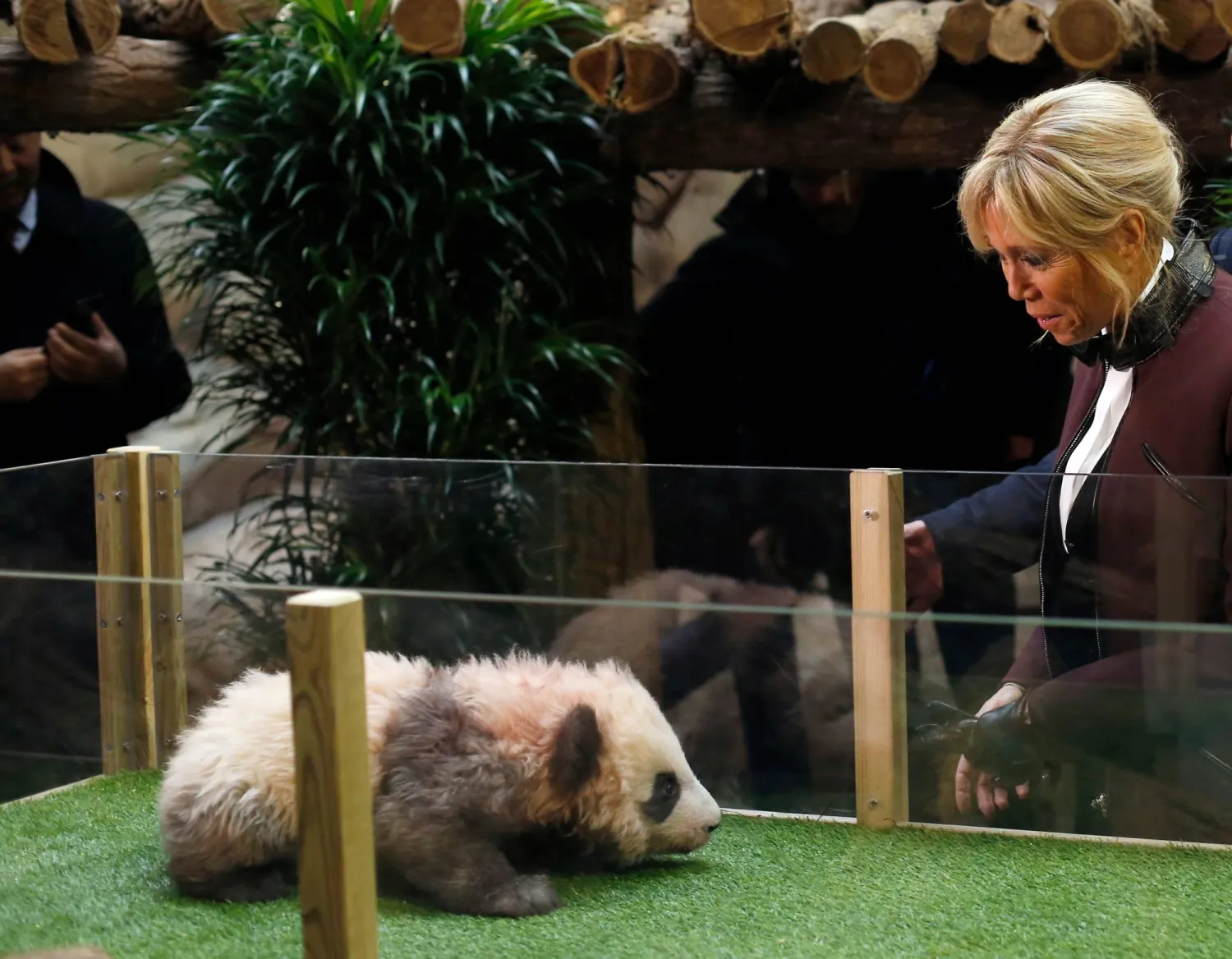Egyptian archaeologists have been searching for four years to find more pharaonic treasures in al- Ghoreifa area, Minya province (Upper Egypt).
Excavations carried out in the three past years helped unearth antiquities that belong to prominent statesmen from the Late Period of ancient Egypt and the Ptolemaic dynasty.
The Egyptian mission, headed by Dr. Mostafa Waziri, secretary-general of the supreme council of antiquities, launched its fourth excavation season with the discovery of belongings of Jahouti Umm Hoteb, supervisor of Thrones in the 26th dynasty (664-525 B.C.) that ruled 2,500 years ago.
The antiquities ministry announced Monday that the mission found his sarcophagus in a well at a depth of 5 meters in Tuna el Gebel archaeological site, in al- Ghoreifa. It was found in good condition near a collection of Ushabti statues made of faience, said Waziri noting that "the excavations in the region are ongoing to unearth more treasures and secrets."
The first examinations indicate that this person was called Jahouti Umm Hoteb from the 26th dynasty; he was the supervisor of Thrones and his father was Guarda East, whose coffin was revealed by the mission in its first excavation season in 2018.
According to Jamal al-Samastawi, director-general of Middle Egypt Antiquities, "Al-Ghoreifa region is an expansion of the Tuna el Gebel archaeological site. It's an ancient cemetery in the 15th province of Upper Egypt."
"When the mission started its excavations in the area, it targeted the cemeteries of prominent statesmen of the New Kingdom and the Late Period of ancient Egypt. Over three seasons, it managed to unearth sarcophagus that belong to statesmen and priests from the Late Period of ancient Egypt and the Ptolemaic dynasty, and it is currently searching for antiquities from the New Kingdom," he told Asharq Al-Awsat.
"The mission has launched the fourth excavation season in early August and found a stone sarcophagus from the 26th dynasty. The excavations are expected to continue in the region within the next five years because it is a promising area rich in Egyptian treasures," Samastawi concluded.









